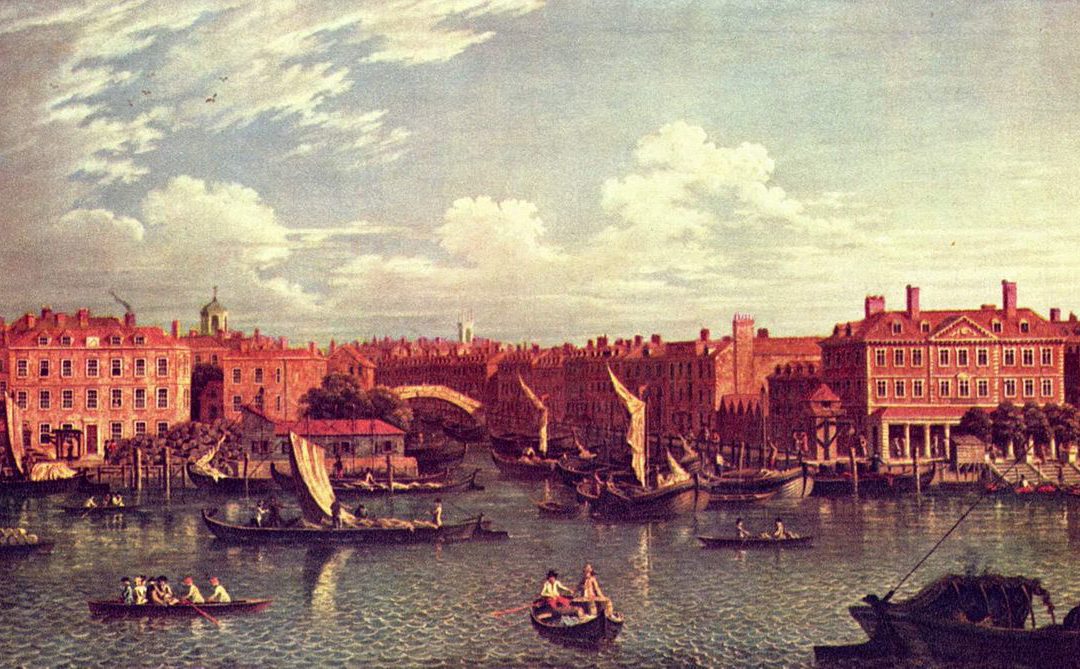World Wetlands Day 2013 saw members and friends perched above the head waters of the Fleet River in Highgate North London. There followed an odyssey to the tidal Thames at Blackfriars completing perhaps the first recorded Cambridge exploration of the river. Along the way watering holes and sites of previous Society gatherings were visited from cool Clerkenwell galleries to London Olympic ‘warm up’ events.
Anticipation was such that one busy graduate could not wait. On Wednesday 30th January HRH Prince of Wales, Cambridge alumnus and father of the Duke of Cambridge, dropped below the Fleet between Farringdon and King’s Cross to help mark the 150th anniversary of the Metropolitan Railway, the world’s first underground railway.
The starting point, Pond Square, with neither a square nor a pond in evidence, proved no obstacle to those gathered on a crisp sunny morning. Nearly twenty in number the group immediately plunged more than 200 feet down hidden farm lanes to join the river at the Hampstead Heath ponds. Here turbulence currently rages over flood prevention and changing risk assessments.
There was a surprise detour to a farm tucked away amongst railways and homes, not far from where Karl Marx once lived. The Kentish Town City Farm founded in 1972 is the oldest in the country. Pausing on the Cambridge Street bridge over the Regent’s Canal near the Camley Street Wildlife Park the group learnt that ‘Camley’ is a modern corruption of Cambridge.
From the outset Fleet-side links to Cambridge had been immediate and historic. William Platt, a notable seventeenth century Johnian benefactor lived in Highgate and downstream at Old St Pancras Church his memorial festooned with heraldic devices can be seen. St John’s College has generously contributed to its upkeep over the last two centuries.
Victualling was at ‘St Pancras en Seine’ the French nick name for the International Station and the scene of a Society visit in 2008. Next door the Francis Crick Institute is now taking shape and the 25th April will be the 60th anniversary of Crick and Watson’s article in ‘Nature’.
Fleet-footed, the group departed King’s Cross just as the 14.15 hours ‘Cambridge Express’ pulled out in the opposite direction. Taking a quick bearing off the shrouded light house above the raging Euston Road the calm waters of the former St Chad’s Well were negotiated. Fleet flow is put at 4mph but we plotted a beguiling course. Clerk’s Well and names like Turnmill Street and Seacoal Lane provided reassurance we were on the right course and at one point the river was heard gushing down the Farringdon valley. Sherlock Holmes and Watson are once said to have strolled Fleet Street. There is less agreement as to whether Holmes had a Cambridge education and it proved a hot topic as the group headed towards journey’s end at the Thames. Here waters abstracted hours earlier in the Fleet’s upper reaches were poured by Lady Anne Walker whereupon some claimed to see the tidal Thames turn.
Organised by Alastair Gourlay and Lester Hillman

